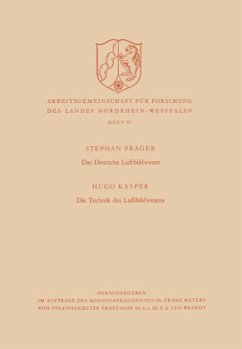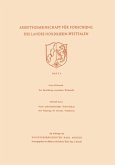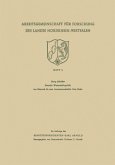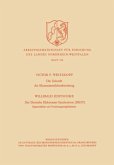The development of German aerial photography is strongly bound up with the Rheinland. In this description, therefore, particular attention is paid to the Nordrhein-Westfalen district. In the production of aerial photo graphs a considerable part has been played by progress in photographie techniques and the optical precision industry, and also by the perfecting of the motor. Photographie pietures on iodised silver plates were produced in 1838 by the French painter Louis Jacques Daguerre. The exploitation of aerial photo graphs for scientific purposes was pioneered by Felix Tournachon, called Nadar, who in 1858 took photographs from a captive balloon. The next step forward was the taking of photographs first from the free balloon and then, from 1896 onwards, from the kite balloon. Motorised flight revolutio nized the photographie process. During the first world war rapid advances were made in military avia tion, including aerial photography and survey. In accordance with the terms of the pe ace treaty, all military aviation equipment had to be destroyed or surrende red in 1919. The development of civil aviation organizations and equipment started as early as 1919. The first German air traffic company started in the same year, in the service of commerce and travel.
Hinweis: Dieser Artikel kann nur an eine deutsche Lieferadresse ausgeliefert werden.
Hinweis: Dieser Artikel kann nur an eine deutsche Lieferadresse ausgeliefert werden.








